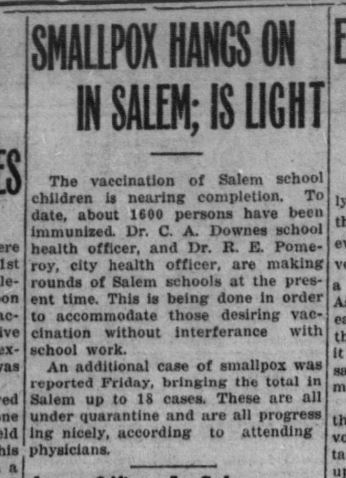 |
| Even the Police said "eye-opening" |
It was nice to see the front page article today on speeding and automated camera enforcement for speeding and red light violations.
But it's still framed up as almost like service journalism: Don't get caught doing this basically innocent thing we know everybody is doing! The dominant frame is about driver convenience - don't be inconvenienced by a ticket - rather than about road safety and our obligation to other road users.
The full lethality of driving and driving speed is evaded a little.
But look at the scope of the problem:
Once the speed tracking capabilities
went live at the intersection of Fisher and
Silverton roads NE, more than 1,100 speeding
tickets were issued in October, November
and December — nearly three times the
number of tickets issued to red-light runners
at the same intersection in the same
three months.
And remember also that a person really has to be speeding to be ticketed, and a certain apparently "banal" level of speeding of one to 10mph over the limit is tolerated:
When a vehicle approaches an intersection
going 11 mph or more over the
limit, the system triggers the camera to
capture the image of the vehicle and
records its speed.
The fact that we're surprised remains surprising. Public Works and transportation planners routinely conduct and have access to speed studies, and the 85th percentile engineering doctrine nearly always discloses astonishing levels of speeding.
Here's one from right in front of
Statesman-Journal-HQ from the Commercial-Vista Corridor study of a few years ago.
 |
From the Commercial Vista Corridor study
If they were surprised at 1,100 over three months,
how about 4000 a day! (red comments added) |
So it's great to see more visibility for the problem of speeding, but it would be nice to see the frame shift so that we don't talk about "inconvenience" to drivers anymore, and about expectations for speed and free-flow, and instead we talk primarily about the way speeding inconveniences and harms people on foot, on bike, and others in cars.
The harm and problem is speeding, not the ticket or any intrusive nanny state.
See also:



































